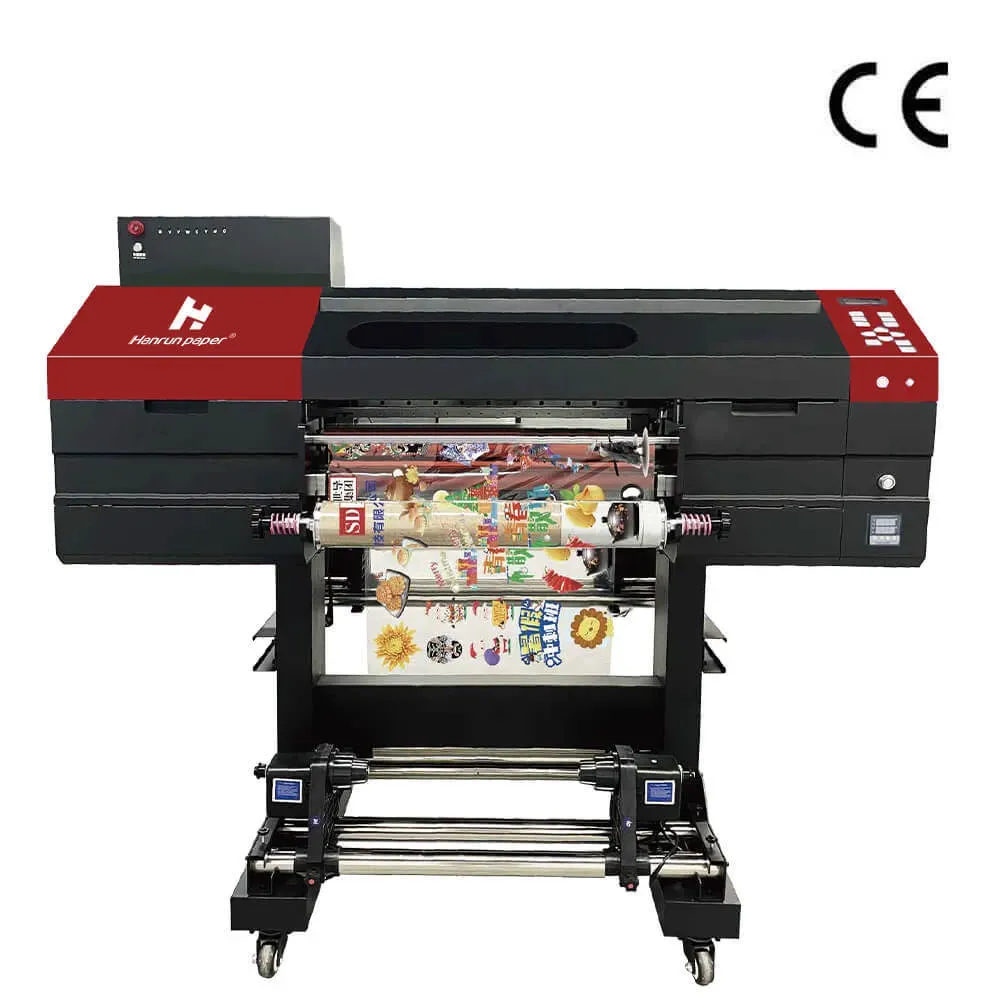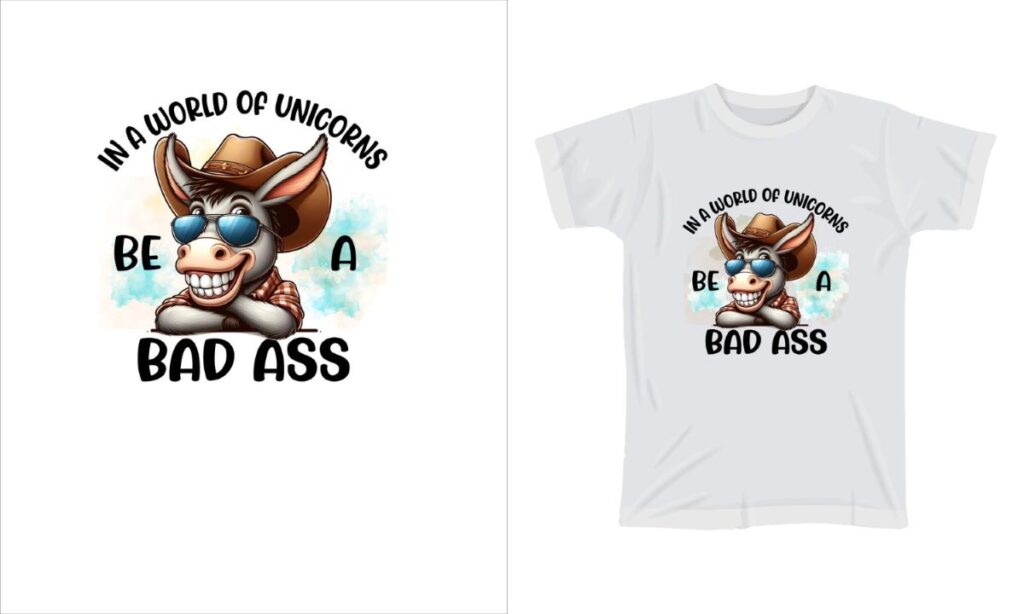UV DTF printing revolutionizes the world of custom printing by combining advanced technology with versatile applications. Unlike traditional printing methods, this innovative approach utilizes ultraviolet light to cure inks on transfer films, ensuring that prints are not only vibrant but also durable. As businesses increasingly seek customization in their products, UV DTF advantages shine through, offering efficiency and high-quality results tailored for various materials. Its capability to adapt to textiles, metals, and plastics surpasses the limitations of screen printing, making it a prime choice for modern demands. Embracing UV DTF printing means stepping into the future of printing, where endless opportunities await!
Often referred to as UV Direct-to-Film printing, this method stands out from various printing methods like screen printing and offset printing due to its innovative use of ultraviolet light technology. As an emerging player in the realm of custom printing, the UV DTF process allows for stunning detail and resilience in every print, catering effectively to diverse substrates. With its numerous advantages, such as environmental benefits and adaptability, UV DTF shines bright among traditional practices. This printing technique not only meets the growing need for personalized products but also enhances creativity and design possibilities. As industries evolve, the flexibility and quality offered by UV DTF printing pave the way for exciting advancements in the field.
What is UV DTF Printing and How Does it Work?
UV DTF printing, or ultraviolet direct-to-film printing, is a cutting-edge technology that utilizes UV light to cure specialized inks precisely as they are printed. This technique not only produces remarkably vibrant colors but also allows for intricate designs with fine details. The ink forms a durable surface, which enhances the longevity of the print, making it resistant to fading and other environmental damage. This innovative process is rapidly becoming a preferred choice among custom printing businesses due to its efficiency and quality.
One of the key identifiers of UV DTF printing is its versatility. It can print on a variety of materials including textiles, wood, metal, and plastic, thus catering to diverse market needs. This flexibility allows businesses to expand their product lines, appealing to customers who seek uniqueness in their purchases. As a result, UV DTF printing opens doors for creative applications that traditional printing methods may not easily accommodate.
Comparing UV DTF Printing to Traditional Printing Methods
When comparing UV DTF printing with traditional printing methods such as screen printing, it is essential to recognize their fundamental differences. Traditional printing techniques have been around for years and often excel at high-volume production. For large orders, traditional methods can be more cost-effective and can deliver consistent quality. However, they usually involve more complex setup processes that can hinder small-run or custom printing opportunities.
In contrast, UV DTF printing offers a significant advantage in terms of immediacy and adaptability. With its ability to handle short print runs efficiently, it matches the modern consumer demand for customization. While traditional printing may produce specific textured effects that some designs require, such as metallic finishes, the UV DTF method stands out for its quick turnaround and reduced setup costs, making it appealing for businesses focused on personalized products.
Advantages of Choosing UV DTF for Custom Printing
The advantages of UV DTF printing extend far beyond simply producing high-quality prints. This method ensures that prints are not only vivid and detailed but also robust enough to withstand harsh elements. The cured inks exhibit exceptional resistance to scratching and fading, which is especially useful for items that are frequently used outdoors, such as promotional banners and apparel.
Additionally, environmentally conscious businesses will find that UV DTF printing involves fewer volatile organic compounds (VOCs) compared to many traditional ink systems. This eco-friendliness aligns with the growing trend towards sustainable practices in manufacturing. By choosing UV DTF, companies can meet both quality and environmental goals, appealing to an increasingly aware consumer base.
Cost Considerations: UV DTF vs Traditional Printing
Cost is often a decisive factor when companies decide between UV DTF printing and traditional methods. Although UV DTF may appear more expensive for bulk orders, it can provide substantial savings on small runs or custom designs. The setup costs and time associated with traditional methods are typically higher, especially for projects that require fewer items and individualized touches.
Moreover, businesses embracing UV DTF printing have the potential to enhance their profit margins by offering products that cater to niche markets. The ability to produce high-quality custom prints on demand reduces excess inventory costs and minimizes waste, representing a financial boon for savvy business owners aiming to maximize efficiency while maintaining creative control.
Environmental Impact of UV DTF Printing
The environmental implications of printing technologies cannot be overlooked, particularly as sustainability becomes increasingly significant in consumer decision-making. UV DTF printing produces lower levels of VOCs compared to traditional printing methods, making it a more environmentally friendly option. This aspect not only appeals to eco-conscious consumers but also helps companies adhere to stricter environmental regulations.
In addition to the reduced VOC emissions, UV DTF technology utilizes UV light to cure inks, resulting in less waste overall. The precise application of inks minimizes overspray and excess, unlike traditional methods that may involve more material waste due to their setup processes. As businesses move towards greener practices, adopting UV DTF printing can position them as leaders in responsible manufacturing.
Future Trends in Printing Technology: The Rise of UV DTF
As the printing industry continues to evolve, UV DTF printing is emerging as a transformative force. With technology advancing rapidly and the demand for customized products rising, businesses are compelled to adopt innovative printing methods to stay competitive. Reports indicate that the UV DTF market is expected to grow significantly as more companies recognize the benefits of high-quality, short-run printing.
Furthermore, the integration of enhanced software and automation within UV DTF processes promises to streamline production further, making it more accessible for smaller enterprises. As companies seek to enhance consumer engagement through personalization, UV DTF will likely play a crucial role in meeting these changing market demands, signaling a promising future for this printing technique.
Frequently Asked Questions
What is UV DTF printing and how does it compare to traditional printing methods?
UV DTF printing uses ultraviolet light to cure inks on transfer films, offering high-quality, vibrant prints. In comparison, traditional printing methods such as screen printing and offset printing are effective for bulk production but may lack the customization and adaptability of UV DTF.
What are the key advantages of UV DTF printing over traditional printing methods?
The key advantages of UV DTF printing include superior quality and durability, versatility across various substrates, lower VOC emissions making it more environmentally friendly, and the ability to create short-run custom designs without high setup costs often associated with traditional printing.
How does the cost of UV DTF printing compare to that of traditional printing methods for large orders?
While UV DTF printing offers great flexibility and quality, traditional printing methods like screen printing are typically more cost-effective for large orders due to lower per-unit costs achieved through high volume production.
Can UV DTF printing be used for custom printing on various materials?
Yes, UV DTF printing is highly versatile and can be used on a variety of materials including textiles, metals, woods, and plastics, making it an excellent choice for custom printing in diverse applications.
What are some limitations of traditional printing compared to UV DTF printing?
Traditional printing methods often require extensive setup for each job, making them less suitable for short runs or highly customized designs. Additionally, they may produce higher emissions compared to the lower VOC output of UV DTF inks.
Is UV DTF printing environmentally friendly compared to traditional printing methods?
Yes, UV DTF printing is generally considered more environmentally friendly due to its use of UV inks that produce fewer volatile organic compounds (VOCs) than traditional ink systems, aligning with increasing consumer preferences for sustainable printing solutions.
| Criteria | UV DTF Printing | Traditional Printing |
|---|---|---|
| Quality and Durability | High-fidelity colors, highly durable, resistant to UV fading and water. | Good quality, but durability may vary by method and setup. |
| Versatility | Can print on diverse materials such as textiles, metals, plastics, and more. | Limited mainly to fabrics and paper, with specific methods for certain materials. |
| Environmental Benefits | Lower VOCs, considered a more eco-friendly option. | Typically produces higher VOC emissions, less eco-friendly than UV DTF. |
| Customization and Setup Costs | Ideal for short runs and custom designs without high setup costs. | Cost-effective for large orders, but less ideal for small runs or custom designs due to high setup costs. |
| Unique Finishing Effects | Limited finishing effects compared to traditional methods. | Can achieve striking effects like metallic prints and textures. |
Summary
UV DTF printing is a modern approach that offers vibrant colors and versatile applications, making it a compelling choice for various printing needs. As businesses increasingly seek high-quality prints and faster turnarounds, UV DTF stands out due to its resilience and adaptability across different materials. It outmatches traditional printing methods in customization and environmental impact, catering to the growing demand for sustainable options. While traditional methods remain cost-effective for large orders due to established techniques, UV DTF printing is clearly the future for personalized, durable, and visually stunning prints. Ultimately, understanding both methods empowers businesses to make informed printing decisions that align with their creative and operational goals.



